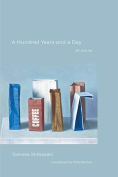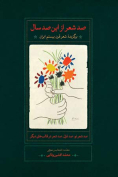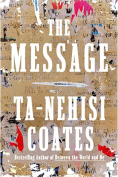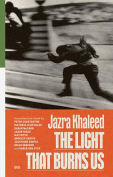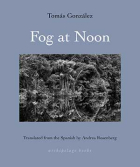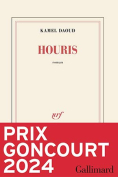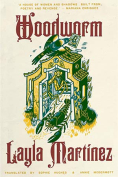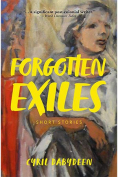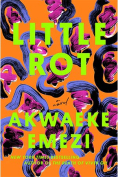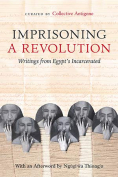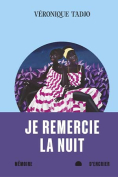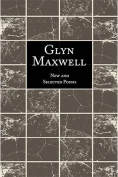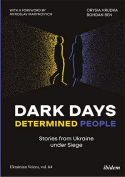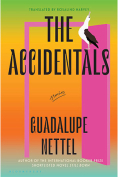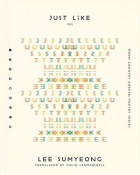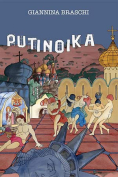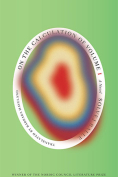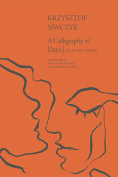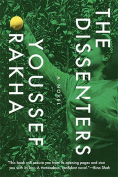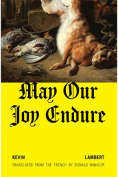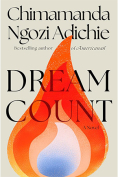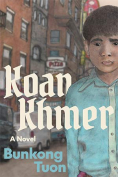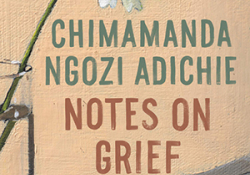Dream Count by Chimamanda Ngozi Adichie
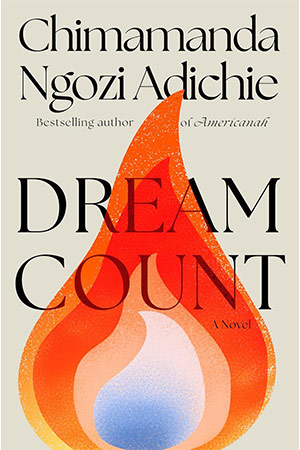
New York. Knopf. 2025. 416 pages.
The literary world is abuzz with excitement because award-winning author Chimamanda Ngozi Adichie’s new novel is finally here. In Dream Count, Adichie offers a monumental return that interweaves the lives of four women: Chiamaka, a Nigerian travel writer reflecting on past loves in pandemic-induced isolation; Zikora, a high-powered lawyer facing single motherhood; Omelogor, a bold and successful banker questioning her own identity; and Kadiatou, a Guinean immigrant and housekeeper navigating hardship in America. Set against the backdrop of a world in crisis, the novel explores solitude, love, motherhood, and the weight of personal choices, with Chiamaka’s introspection serving as its emotional core.
What sets Dream Count apart is Adichie’s ability to balance lyrical storytelling with sharp social insights. The novel’s pandemic setting magnifies its characters’ isolation, making their emotions more immediate and their struggles more poignant. Each of the four protagonists possesses distinct characteristics: Chiamaka’s longing, Zikora’s resilience, Omelogor’s boldness, and Kadiatou’s endurance all unfold with precision. Particularly striking is Kadiatou’s storyline, which centers on the immigrant experience, addressing race, class, and gender disparities in a deeply affecting manner.
Like Half of a Yellow Sun (2006) and Americanah (2013), Dream Count continues Adichie’s exploration of identity but with a shift in focus. While Half of a Yellow Sun examines war’s lasting scars and Americanah critiques the diasporic experience, this novel turns inward and prioritizes personal reflection over historical or societal critique. The intimate, fragmented narrative structure differs from the sweeping arcs of her previous works, demonstrating a new dimension to her storytelling. Moreover, the novel places particular emphasis on the exploration of motherhood and family relationships. One of the most stunning threads is the dynamic between Zikora and her mother, which portrays personal love and conflict while also revealing the deep influence of culture on women’s roles.
Crowded with characters, this novel has some uneven elements. The distribution of narrative among the four protagonists seems inconsistent. Kadiatou and Zikora’s arcs, though compelling, feel somewhat rushed, and certain resolutions come abruptly. Nonetheless, Dream Count remains a powerful work, showcasing Adichie’s signature prose and keen observation of human emotion. It is a novel of longing and resilience, one that resonates deeply in a world still grappling with uncertainty. For both longtime admirers of Adichie and new readers, this book offers a deeply felt meditation on love, solitude, and the search for connection.
Siyu Cao
Shanghai International Studies University
